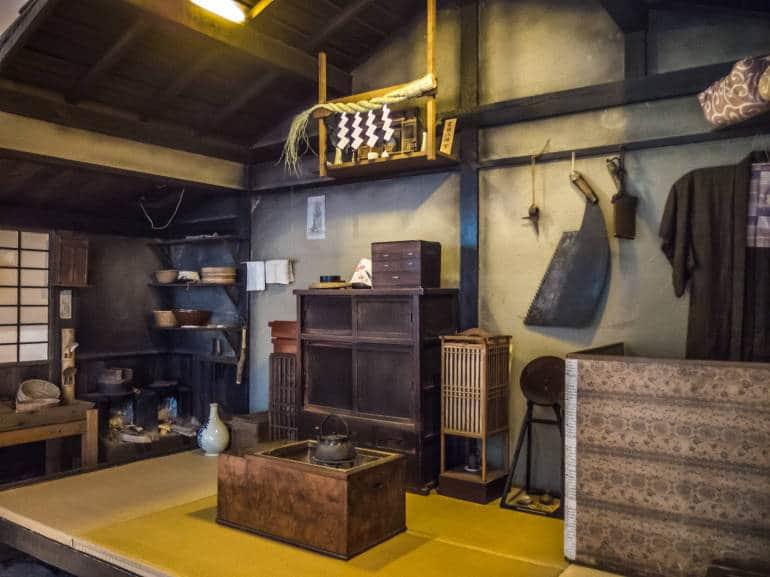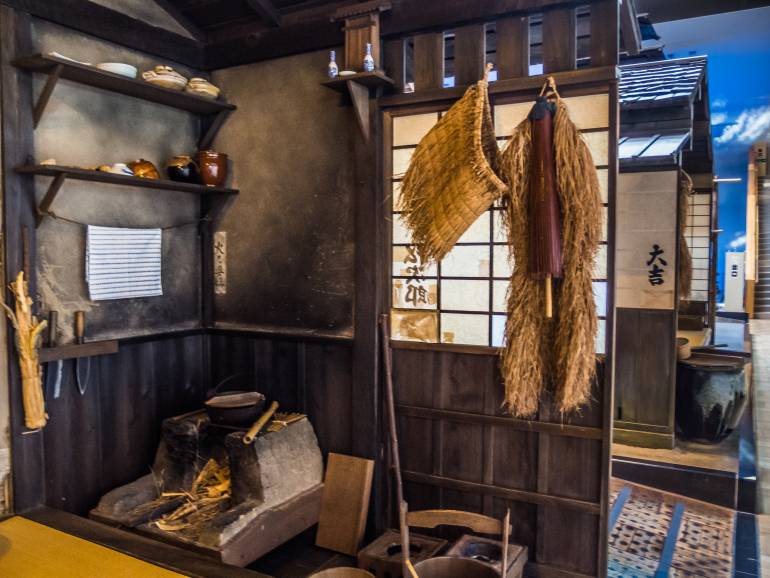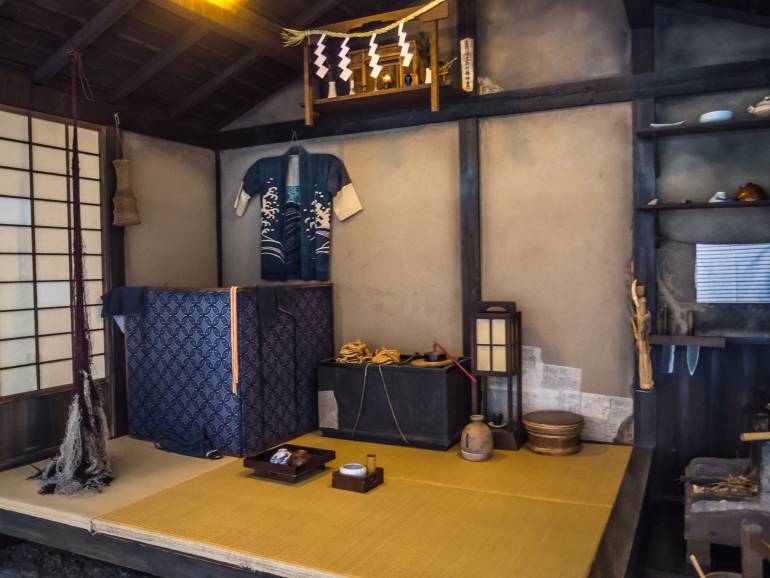If the Edo Tokyo Museum is for not just Edo lovers but anyone interested in Tokyo, then the Fukagawa Edo Museum is more for the otaku of the old city. Aptly set up in an area oozing with old shitamachi history—the Fukagawa geisha walking around without tabi-socks were the epitome of Edo iki/style and as famous as their Yoshiwara or Mukojima counterparts—this small museum (part of the Koto Ward Culture and Community Foundation) is a full recreation of a 17th-18th century neighborhood with alleys, open houses, workshops and stores, which you can explore for a mere 400 yen.

Typically, you won’t need more than 30 minutes to 1 hour to go through everything; this time will easily double though if you start paying attention to details and there’s tons of them. The buildings and the items contained in them have been painstakingly reproduced from historical documents (as well as the area’s collective memory) to illustrate in the most realistic way how the people of Fukagawa and especially the area called Sagacho lived back then. In the rest area you can catch videos explaining that the construction techniques and the materials used have been duplicated exactly (i.e. these are real Edo period constructions, just not built in the Edo period.)

Extra authenticity is added by sound and lighting effects that allow visitors to experience the various hours of the day and the various seasons of the year; in other words, depending on when you visit the Fukagawa Edo Museum you will see and hear different things (i.e. the calls of cicadas in the summer or the sound of rain in the winter). Seeing and hearing these while sitting in one of the buildings of the recreated neighborhood allows for an total complete immersion to a Tokyo very different from the one you see walking around Shibuya or Shinjuku. And get a better understanding how Tokyo as we know it today came to be.

Being part of a cultural center, the Fukagawa Edo Museum is also home to various activities, mostly related to the shitamachi culture and, unfortunately, mostly in Japanese—which is the case for pretty much all information available, although whenever I’ve visited I saw some very helpful volunteers hanging around and explaining things, and at least one of them could also do some basic explanation in English. The allure of the museum though is in the actual experience; I’m guessing this is why it has received a Tripadvisor “Certificate of Excellence” proudly exhibited by its authorities. If you take the time to do some basic reading on Edo you will appreciate more some of the numerous details, but even without that you’ll have a good time for a low price–combine that with a walk around the area for a look into contemporary shitamachi and you have a winner, well outside the beaten path.

And if you need even more edo in your life, try some of these other Edo theme parks around Japan.
Children: ¥50
- 202 m from Kiyosumi-shirakawa Station Hanzomon Line (Z11)Oedo Line (E14)
- 0.8 km from Morishita Station Shinjuku Line (S11)Oedo Line (E13)
- 0.9 km from Kikukawa Station Shinjuku Line (S12)


















